This delightful, colourful piece of cartography, is the first map by illustrator, limerick-creator and Walthamstow resident Angry Dan. The piece is a 60cm x 60cm
More...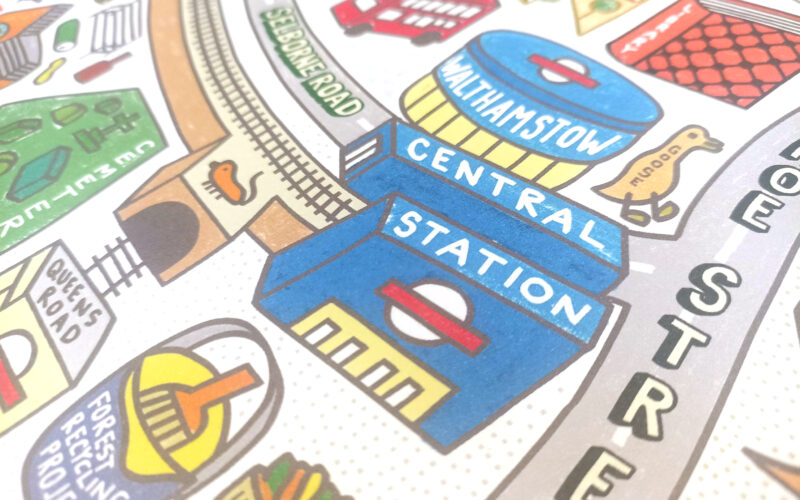
Highlighting the best London maps

This delightful, colourful piece of cartography, is the first map by illustrator, limerick-creator and Walthamstow resident Angry Dan. The piece is a 60cm x 60cm
More...
We’ve long liked temporary “parade” sculpture trails in London – they make exploring a neighbourhood even more interesting, if around the corner is one of
More...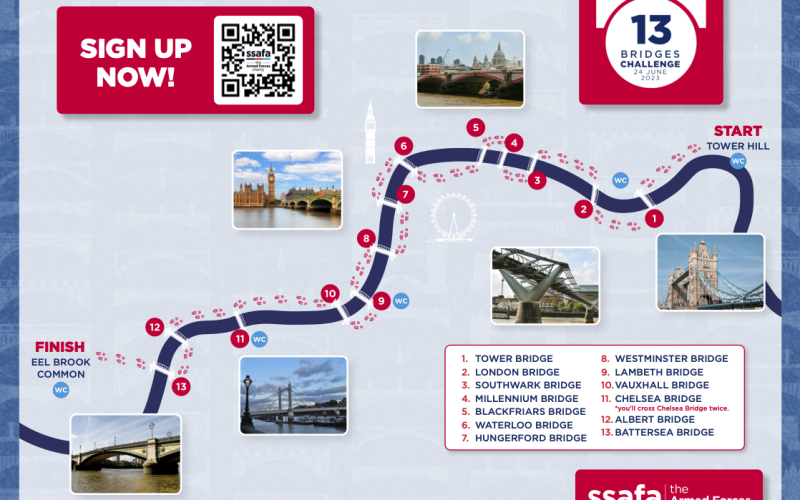
The 13 Bridges Challenge, organised by SSAFA (the Armed Forces charity) is taking place on Saturday 24 June (this Saturday) and participants will be walking
More...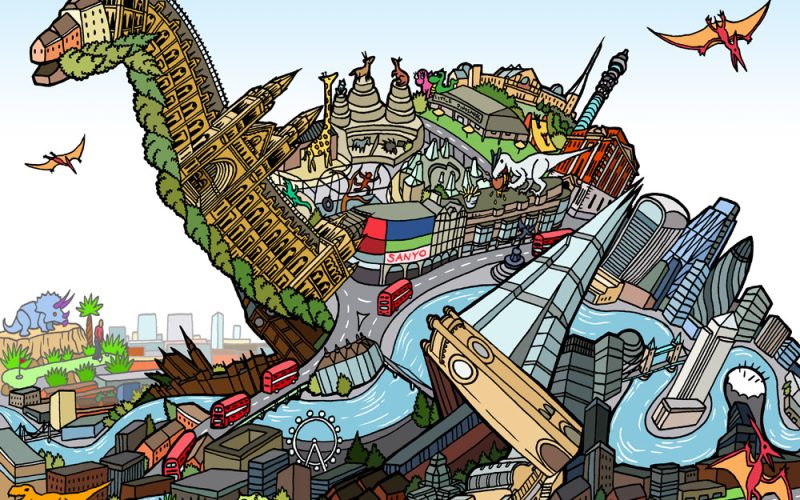
To celebrate the opening of a Jurassic Park pop-up shop at the Natural History Museum in London this week (the popup is to mark 30
More...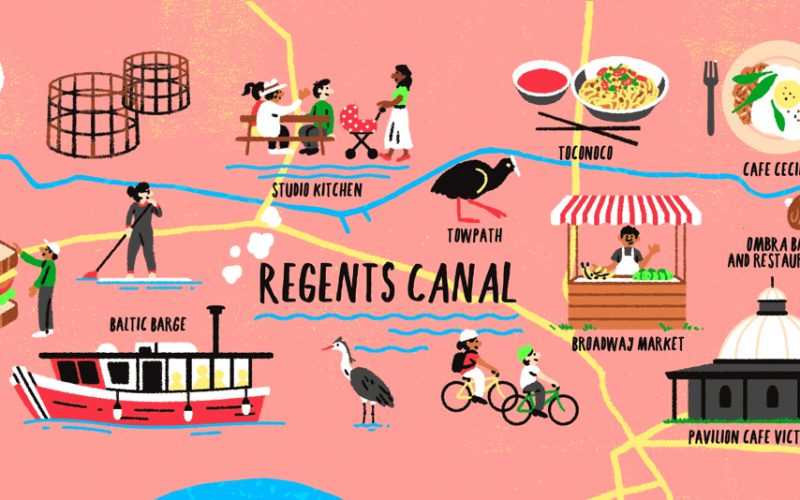
Following on from the colourful map of curry restaurants along the new Elizabeth line, Mapping London spotted this earlier map in the FT Globetrotter series,
More...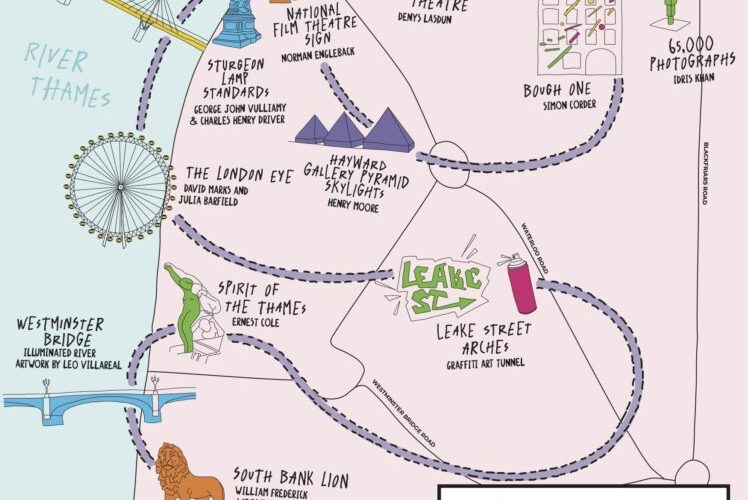
As a complement to the Illuminated River map we featured previously, which shows the central London bridges that are lit up with LED-light-based visualisations, South
More...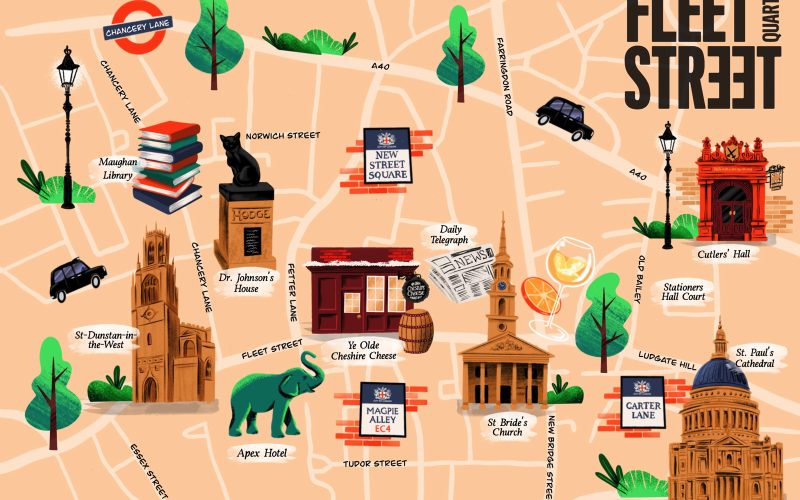
Fleet Street Quarter, a new Business Improvement District set up earlier this year for the western part of the City of London (around Fleet Street,
More...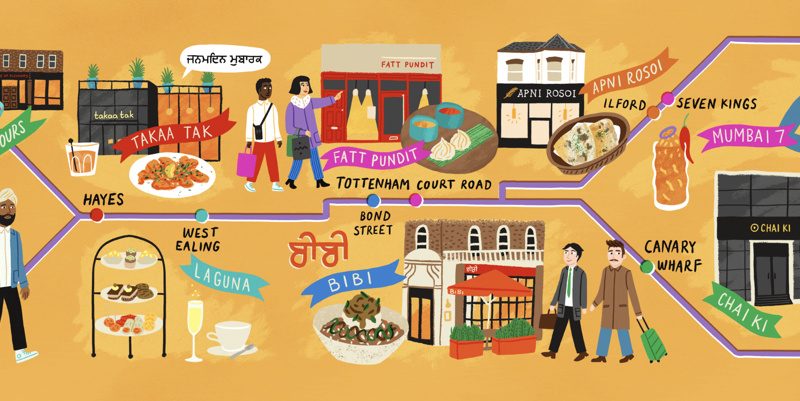
The FT published an article called “An Indian restaurant crawl along London’s Elizabeth Line” which came illustrated with this rather nice map that shows the
More...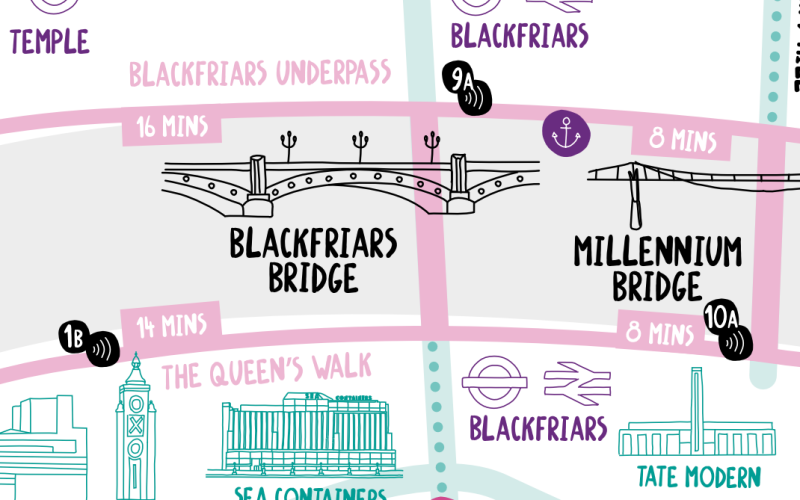
The Illuminated River is a long-term LED light installation on a number of bridges spanning the Thames in central London. At sunset until 2am each
More...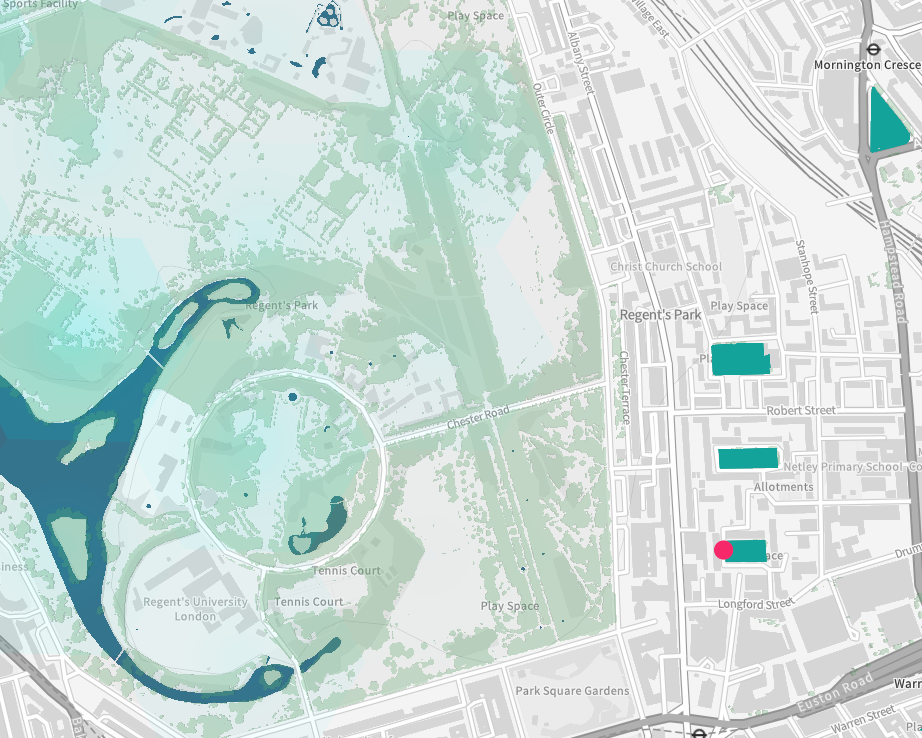
It’s very hot in London today, and tomorrow. It’s best not to be out and about at all, but if you need to be in
More...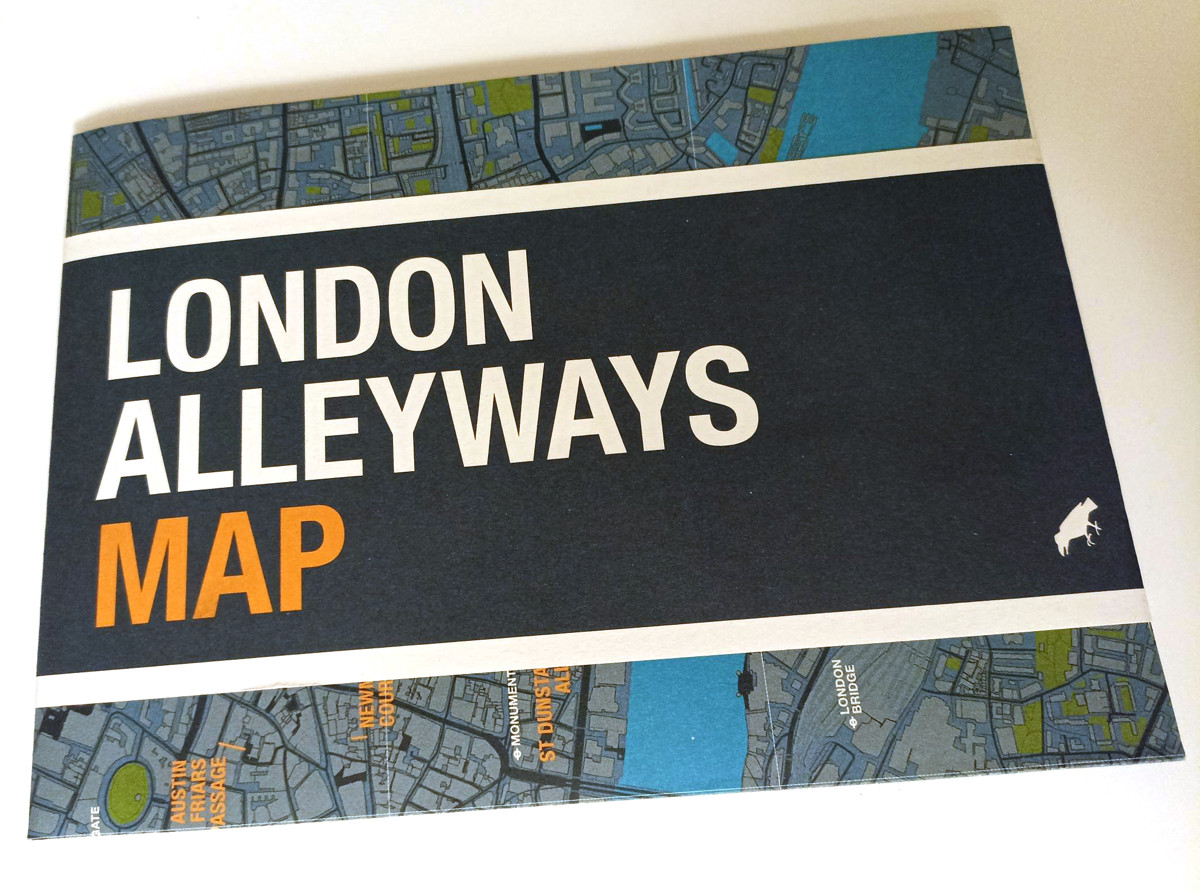
The new map is the latest in a long line in attractively packaged, specialist maps from Blue Crow Media which highlight the locations of a
More...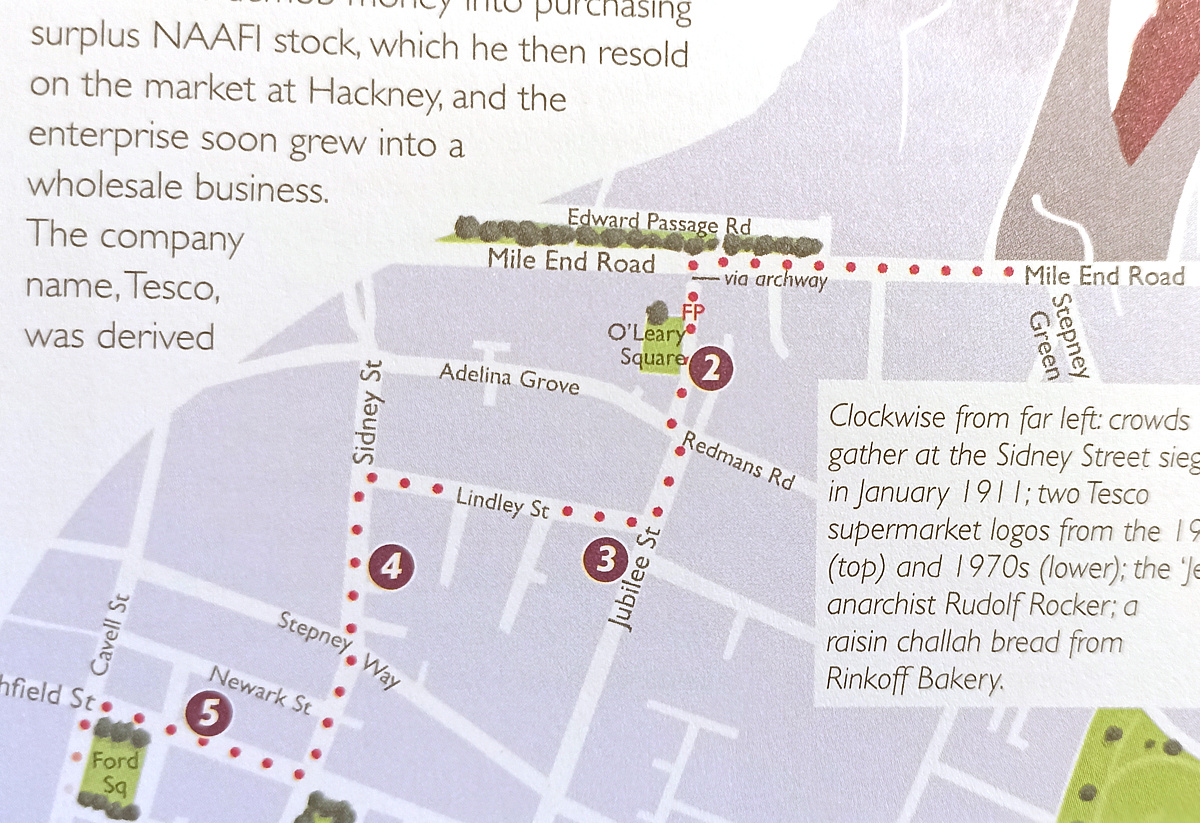
The fifth book in a series by author/cartographer David Fathers, Diverse London takes forward the four previous books (three with a rivers theme and one
More...